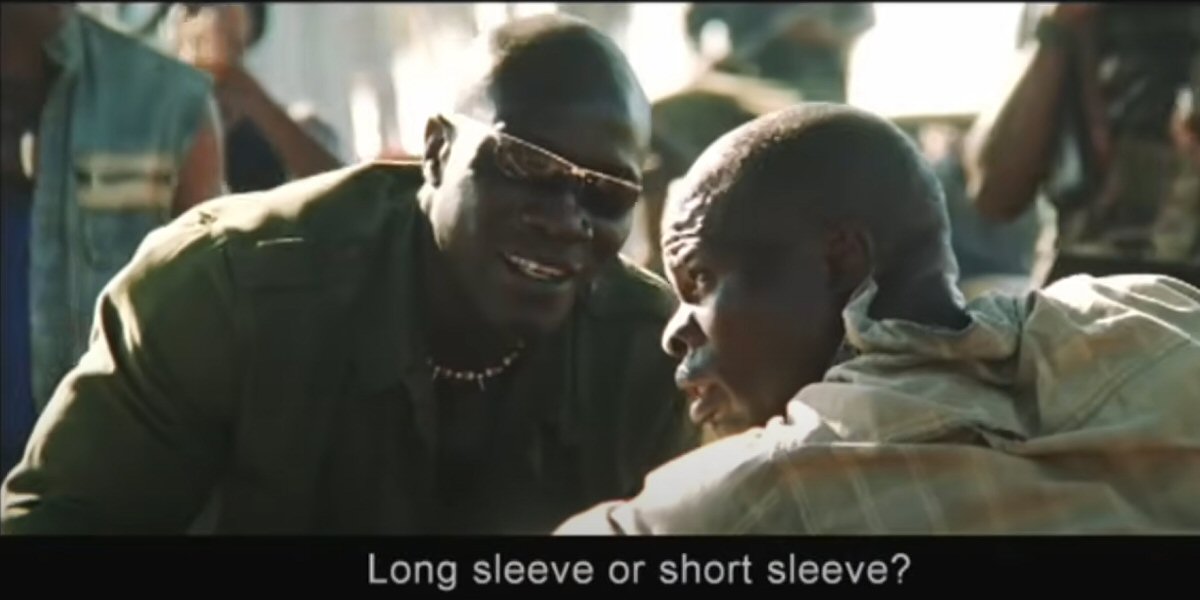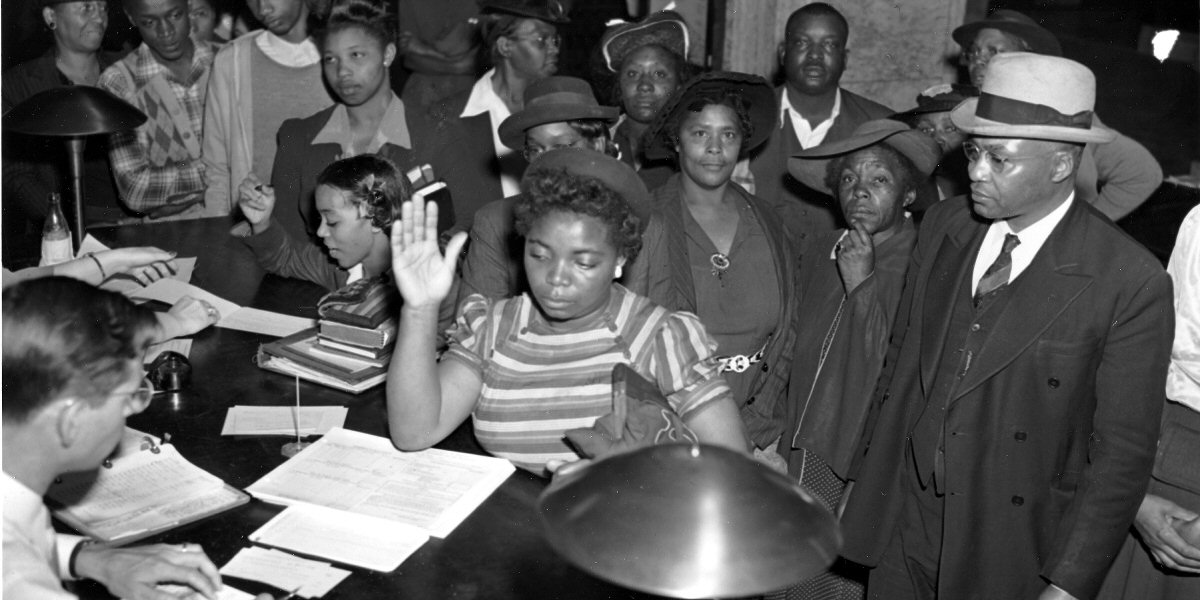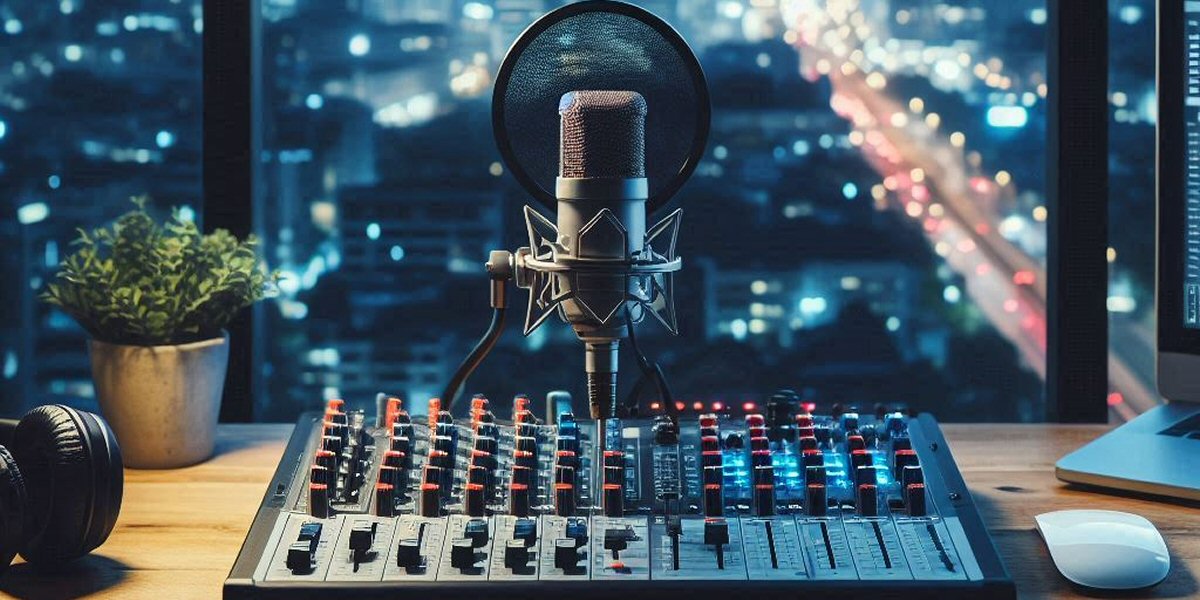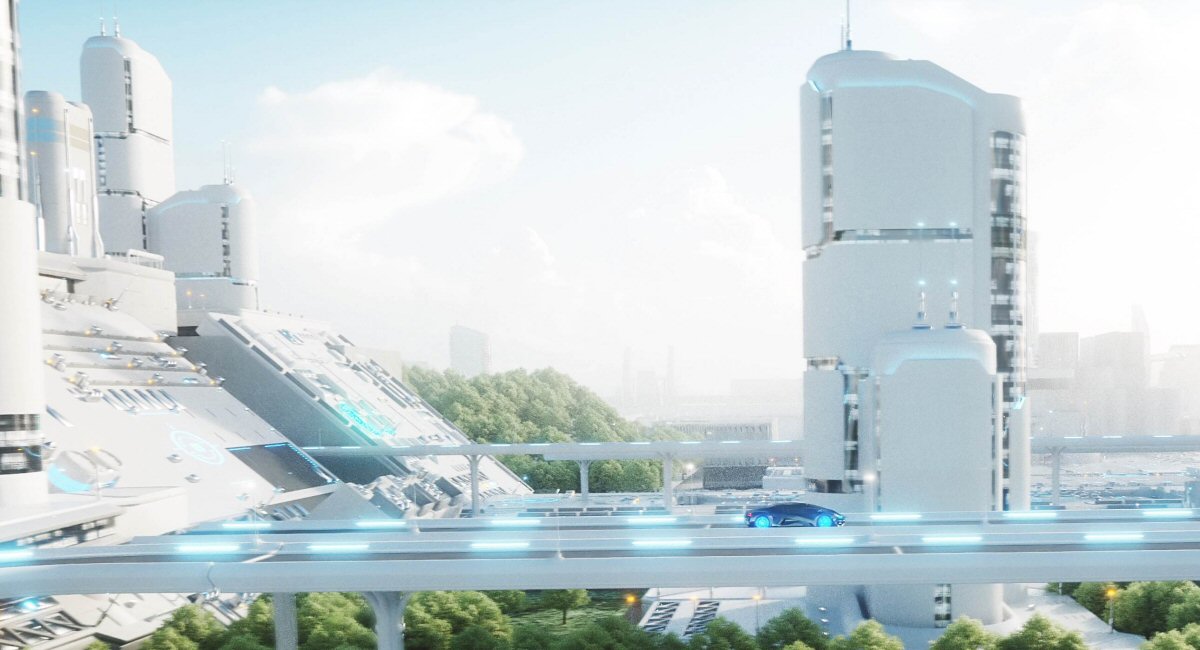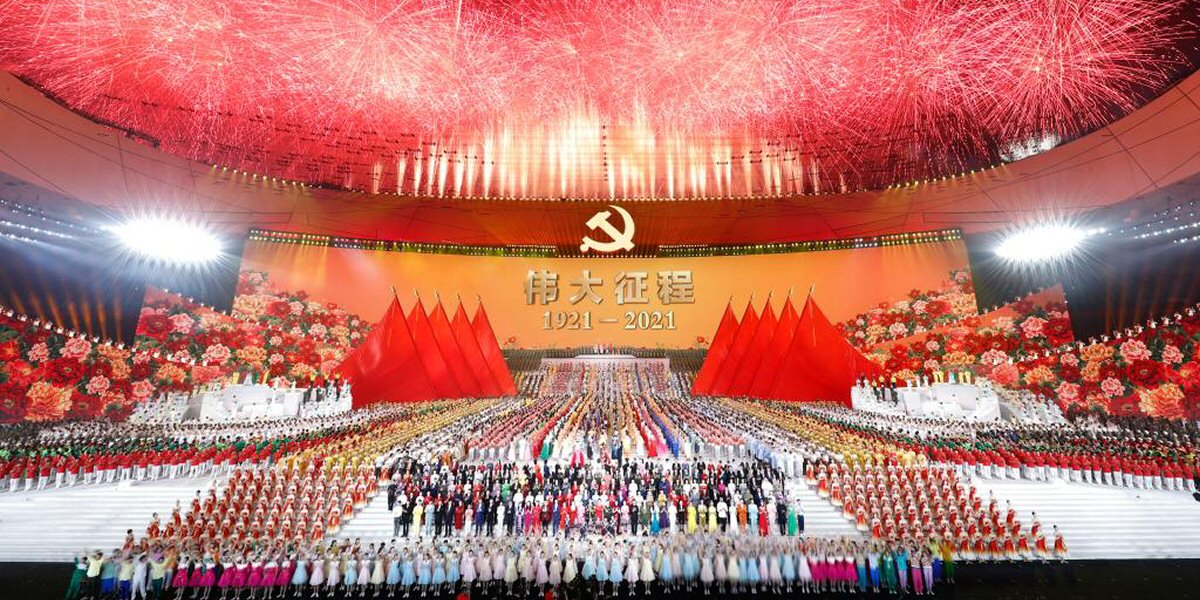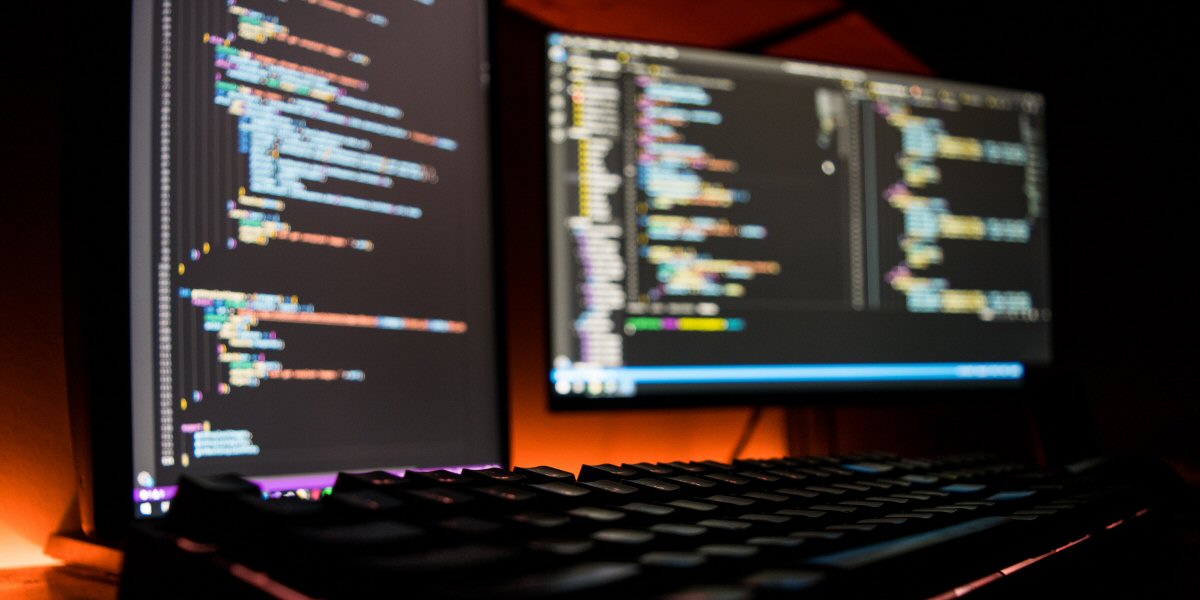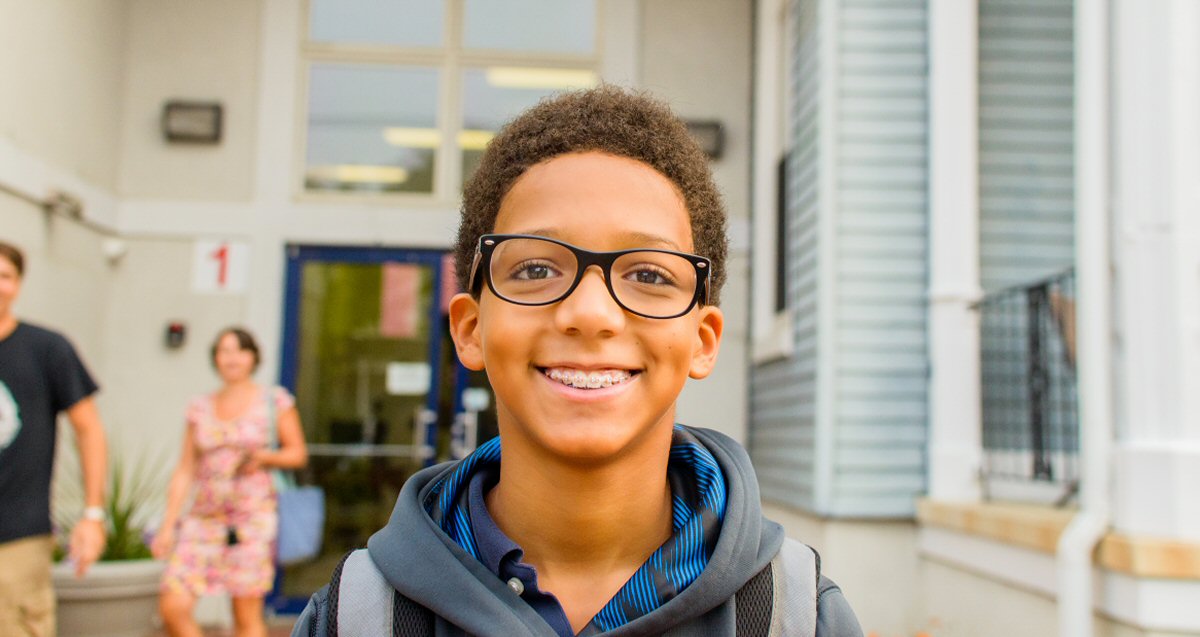Creating an Urban Food Supply Line Using Blockchain and Offshore Aquaculture
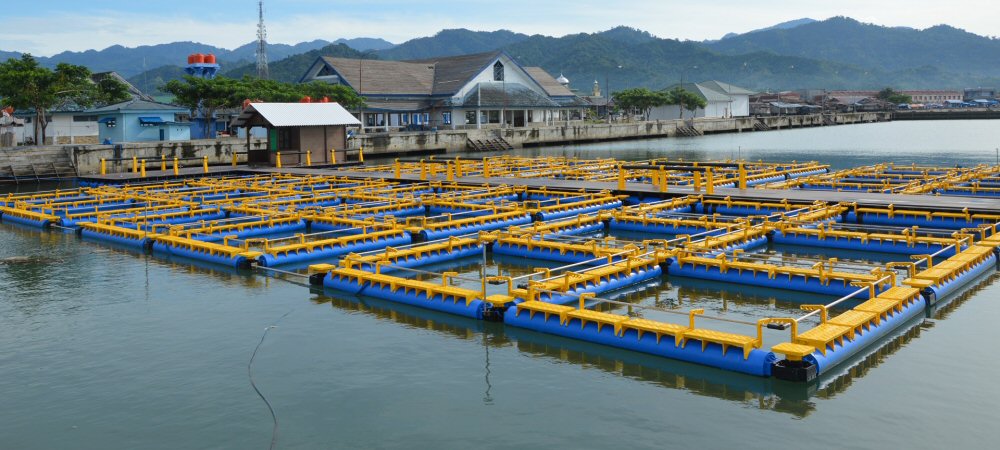
African-Americans will learn the easy way or the hard way that if we do not control our own food and water supply, we are not free people and our lives are beholden to others. Everything else black people like to show off such as cars and clothes and riches cannot keep them alive for the next 10 days if the food and water supply is disrupted or sanctions – black people will simply start dropping dead in the streets.
We saw what happened in Flint Michigan when the local people did not test their own water and took the foul-tasting drinking water seriously. We are also seeing what happens in war torn countries where people fight each other for food at the food ration distribution point. And we are watching total desperation in places like Venezuela where people are turning to desperate means to find food due to economic sanctions and disrupted food supply.
There have been two lines of thought regarding food supply in urban communities, urban farming and aquaponics. Both models were long considered not scalable to high-density urban communities and not a viable solution. The majority of urban-farmed or tank-based fish farming shutter their operations because the cost to operation is expensive and cannot compete with bigger operations. It is simply not a realistic or sustainable approach to consider urban farming or aquaponics for urban food supply production.
The realistic model for fish farming is to implement an aquaculture in a natural strategic location anywhere in the world to raise and process seafood specifically for an urban community. An urban community can establish a collective model using blockchain technology to create various scenarios for modeling an aquaculture operation and the supply chain back to their urban community and let’s discuss this model and approach.
Revenue Model
To generate income, the fish must be processed and packaged for either wholesale distribution to retailers or direct to consumer to purchase. The transaction can be several methods.
Future Commodities. A wholesaler agrees on the right to purchase future supply at a fix cost. Usually entities that are distributors that sell on a fix price directly to retailers.
Invoicing. Restaurants and Retailers in the community can be invoiced for ordering fish to be delivered to their establishment and payment is due usually 30 days after invoice date.
Direct to Consumer. This involves the community directly receiving fish from the farm as a subscription model and this is the most unattractive option that cause many farm-to-table operations to be unsustainable because the cost of operation to fulfill one fish to one person in a one-to-many distribution is expensive and time consuming.
For an urban-based aquaculture, future commodities from an exchange and invoicing is the most viable option for aquacultures to know how much fish to raise, process and ship wholesale to one urban community, lowering cost operation with a more efficient single supply chain line.
Business Model
The aquaculture business model is to successfully raise seafood to a stage for processing and consumption. The key strategies to the aquaculture model is to pick the best livestock to farm in the best space using the best equipment operated by the best aquaculture farmers, processors and packers. And realistically, we are looking at emerging countries near or south of the Equator.
The organization model can be a collective model with an executive board of a CEO and board of directors to manage the decision making at the service of the stakeholders. The stakeholders may be the urban community that purchase stock or digital tokens in the aquaculture firm and receive dividends or surplus inventory for being an investor in the operation.
Livestock Consideration
For an aquaculture, the key is do decide what type of seafood to offer the urban community. Seafood is classified into the following categories.
Fresh Water Finfish. These are fish that primary live in land-based water sources such as rivers and lakes and ponds. While these types of aquacultures can be operated domestically in the United States, the biggest challenge with fresh water finfish is mass farming produce waste that cannot be naturally clean and filtered and considered a major operation cost and subject to heavy regulation and risk of fines harming the business reputation and revenue.
Salt Water Finfish. Salt water fish is the preferred strategy for finfish aquaculture as the ocean will naturally remove the waste out into the bigger vast ocean. In addition, ocean aquaculture can be situated far out into the ocean with a 30-minute boat ride reducing risk of waste contamination to coastal lands and communities.
Shellfish. These are shrimps to mussels to crabs and these types of stock are territorial in the wild meaning more aquaculture space is required to grow healthy shellfish livestock. Processing of shellfish is more costly and time-consuming than other forms of fish.
Seaweed. This is plants such as kelp and consumed by billions in Asians and a good healthy staple needed for the African Diaspora. Seaweed is the easiest and cheapest to grow and process but getting African-Americans to adopt seaweed may be a challenge in itself so this livestock may be just an investment venture strategy versus a food supply chain to the African-American community.
Locating Space
The most realistic location for space for aquaculture will be near equatorial coastal regions. When looking for a space, there are three options:
Find New Space, Build Aquaculture. This is the most expensive and most risky option and offer little benefit except for the ego-based pride of owning something. This option is not preferred due to lack of experience and insight of actually owning an operation in a foreign nation.
Purchase Existing Aquaculture. This model, the collective outright purchase outright an existing aquaculture in Latin America for example that may be struggling and give them a new life to market to the urban community. The operations is managed locally by local talent and local managers who already have expertise in seafood and working with local regulators.
Lease Space from Existing Farm. This is a trial-based model where the African-American community is learning how to manage the supply chain of fish into black-owned retailers. This option would be the realistic smart thing to do to work with local domestic-based fisheries and fishing ships to understand the packaging and supply chain aspects before obtaining our own aquaculture to begin with.
Our recommendation is start a trial phase by leasing space from an existing farm or entering a short-term contract with an existing fishery or aquaculture to supply the black community. Once we understand the process, then we look at purchasing an existing aquaculture. It will take a level of experience and maturity before a black community collective can fully expand to a new space with our own aquaculture operation.
Equipment
There are two types of equipment we are going to discuss is to help understand the type of containers to hold the fish.
Floating Cages. These cages float in the body of water and designed for the fish to swim freely in a natural body of water. The top of the cage is usually expose and is a risk for air-based predators like birds of prey.
Aquapods. These type of cage is a geo-disc shape and designed to either be submerged underwater or located further from the coast line. While more expensive to build and maintain due to the frame long-term exposure to saltwater, this approach has better circulation and containment of livestock and considered an approach for low-quantity, high-quality-fish.
It is important to understand aquaculture cages is superior to tank-based solutions due to the level of artificial conditioning of the water with chemical additives and dealing with fish waste. With ocean-based or open water aquaculture, Mother Nature take care of the water quality and waste handling with less manual effort than tank-based aquaculture.
Operations
Aquaculture operations involves raising seafood to be processed. The cycle from seafood to ready for processing should be considered a maturity cycle. Catfish can take almost two years from birth to be ready for processing while Tilapia takes almost one year from birth to ready for processing and shrimp takes only a month; this is why it is important to determine the type of fish to be farmed to be patient enough for the return of investment.
The strategy with knowing the cycle is the cost of feeding and keeping. It will cost a considerable amount of money to feed catfish every day for 2 years versus feeding shrimp for a month before getting ready to be sold to market and obtain a return on investment.
Breeding is another operation where adult male and female seafood has to be separate to breed and produce baby fish to raise. This strategy requires knowing how to populate the male to female ratio, how fish breed and nest the eggs and spawn enough young seafood to sustain the next round of farming.
Open water aquaculture will require less monitoring and conditioning but the water will still need to be monitored to ensure the fish has adequate oxygen supply and waste is actually leaving the area. The good thing is a open water aquaculture can simply be towed to a new location in the open water for adjustments.
Seafood should be routinely pulled and inspected to insure the fish is overall healthy. This requires expert fishermen to pull the fish, cut it open and inspect the digestive system and muscle system for health to determine if the current cycle of fish is healthy enough to process or cull off and establish a new cycle immediately.
Processing
The standard and best practice for processing fish is to conduct the cutting, flash freezing and packaging at the same location. There are 3 other options to consider when processing fish than fileting and vacuum packaging.
Canning. The benefit of canning is canned fish can last 2-3 years of shelf life and retain Vitamin D nutrients. The canning process involves using fileted fish sealed in soybean or sunflower oil or salted water and sealed tightly. After sealing the canned, the actual can with the contents are heated in a room and cooked to kill off bacteria and cook the fish in the can, giving the fish long shelf life. The risk and danger is botulism that is a very deadly and crippling bacteria if the canned are not properly sealed and allow toxic bacteria to form over time within the can. But proper canning techniques offers the longest shelf life of fish handling.
Smoking. This is the process of taking filets and smoke them for hours to soften the fish meat and bones on an aluminum foil that is then wrapped in vacuum packaging.
Mincing. This is a process where pieces of fish meat are “glued” together using chemicals to create what is known as “fish nuggets” or “fish sticks” – this method is not desirable and if any urban aquaculture operation ever get to the point they want to mince fish, they should just shut down.
Distribution
Urban centers have various supply chain channels to reach the end customer for consumption. There are supermarkets selling to consumers and restaurants preparing meals for diners.
Restaurants. Most restaurants would require minimal processing where the fish should be only gutted and intact with the head for the chef to perform final preparations.
Wholesalers. For wholesalers, it is best to have just the vacuum packaging and let the wholesaler create their own outer package. If you look at store-brand fish packaging, it is usually an outer branded packaging and when you open it, separate vacuum packaging that was performed at the processing plant.
It is important that the vacuum package is stamped with a time and batch number to know the supply chain in case there are issues or a need to recall. Or in cases to track the fish supply chain in real time to the end destination.
Challenges
There will be challenges to aquaculture where the risk can amount up to total loss or more than total loss. Anything bad incident can cause irreparable harm to reputation and revenue. For example, an ocean tanker can discharge gasoline in the open water that reaches an aquaculture contaminating the entire fish supply.
Full Loss. There can be an event where all of the current fish just die. The situation can happen from poor maintenance or outside contamination of the water source. Ways to mitigate is to have redundant operations in separate locations to serve as a backup and ensure the aquaculture is at a location away from commercial ship traffic or coastal locations producing waste unfriendly to nature.
Natural Predators. These are animals that like to eat fish from birds to sharks. But the most dangerous is small bacteria and parasites that can easily access the fish population and attached itself. It is important to research the waters in question and sample the fish for inspection to determine if parasitic activity is discovered as early as possible.
Geopolitical Events. Unforeseen events such as nations falling into collapse or chaos or rebels taking over a land can and have happened in the past. An exit strategy should be in place where the aquaculture equipment can be packed up and reclaimed for a new location.
Theft and Seizure. These can be roaming bandits or corrupt employees. To mitigate requires having a security team and a response unit to ensure integrity of the business and safety of the employees. One of the best approach is to allow a family-based team where everybody is from the same family work the aquaculture farm.
It is important to understand all type of risk and disclose with investors so there are no surprises if incidents happen with full understanding of the nature of aquaculture in an open water environment. What is important is not what can be controlled but the strategy to mitigate.
Moving Ahead
What we covered implementing an off-site aquaculture is the most realistic scenario for establishing a food supply chain owned by an urban community. The concept of urban-based farming and aquaponics ran in inner city warehouse is simply too expensive and not sustainable. Urban communities have to take better ownership of their food and water supply which is the most life-critical component of developing local fiscalism economic-based solution.
There are additional economic opportunities that arise from establishing an off-site aquaculture. First, the establishment of a futures exchange create a marketplace for other commodities to enter the exchange expanding other economic opportunities. Local insurers can be established to cover the supply chain from loss and profit when things go right. Stakeholders can invest and receive dividends from the profit operations. Local restaurants and grocery stores can now carry fish that was specified raised to serve the local community.
Blockchain plays an important role in establishing initial coin offering program to raise funds, track the processed fish package through the supply chain and manage the corporate day-to-day ledger. In addition, blockchain allows retailers and restaurants connect directly to real-time information and ordering with the actual aquaculture regarding current production capacity and livestock forecasting.
Aquaculture is not an option for urban communities to ignore anymore – urban communities have to own their own food production method in order to have full control of their lives and destiny.




